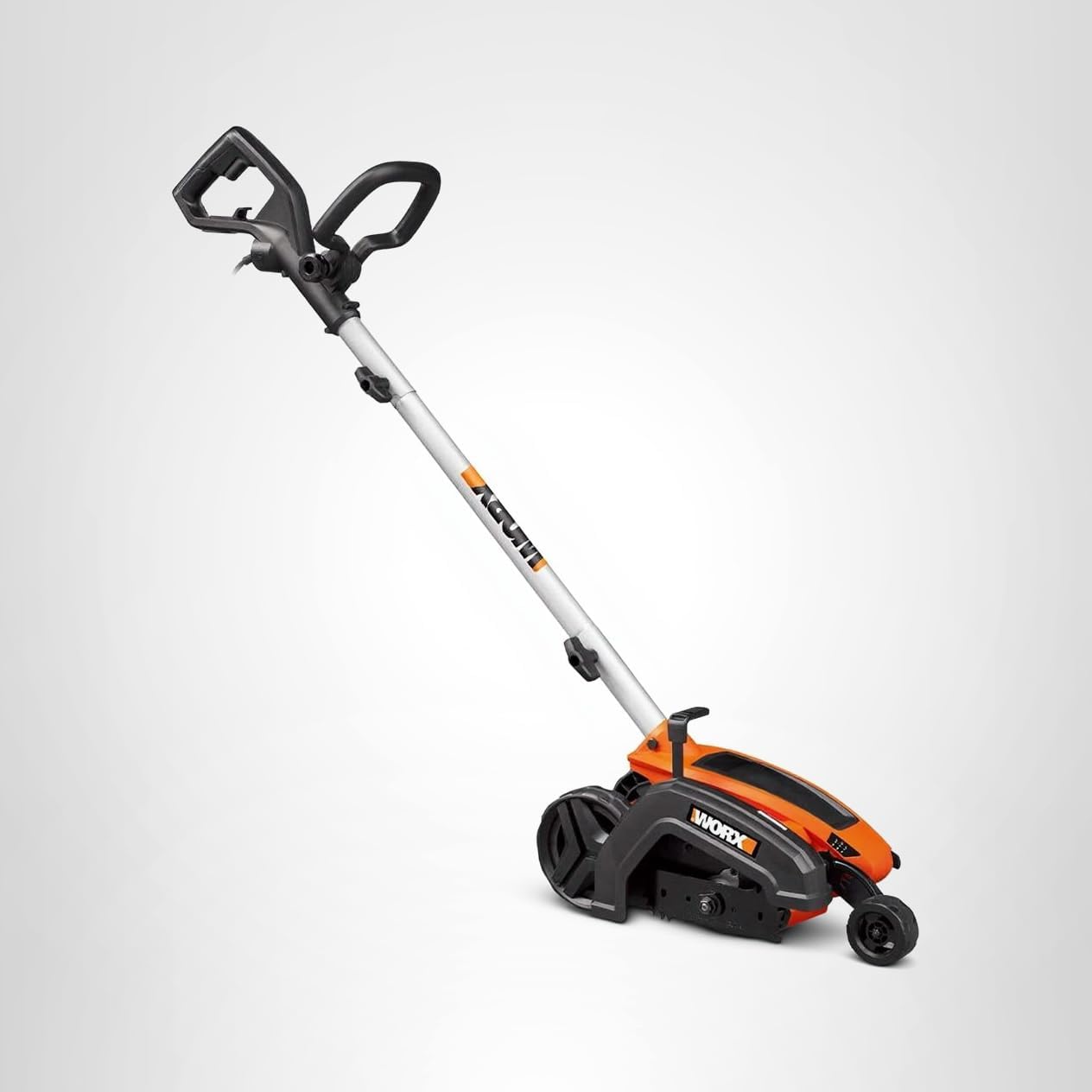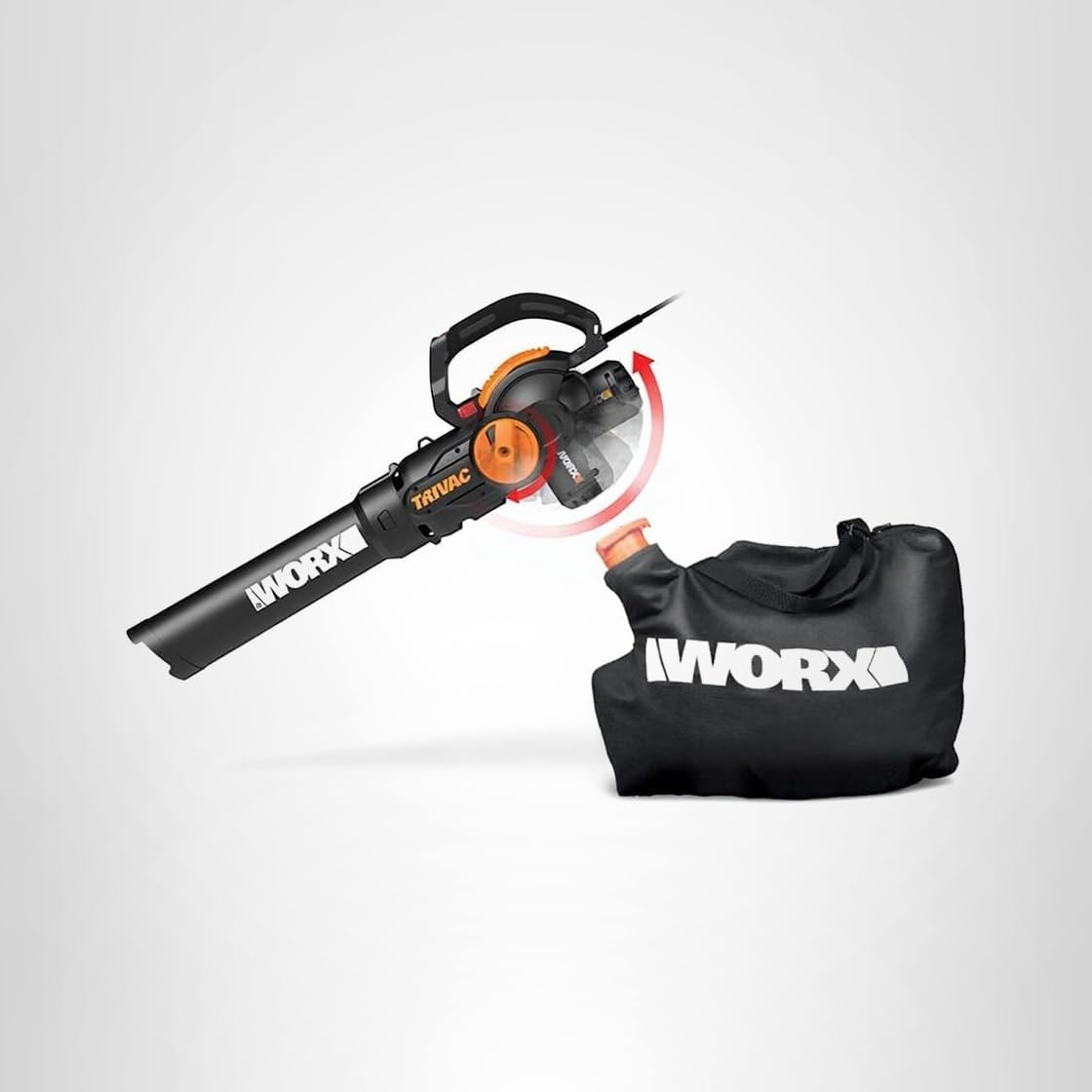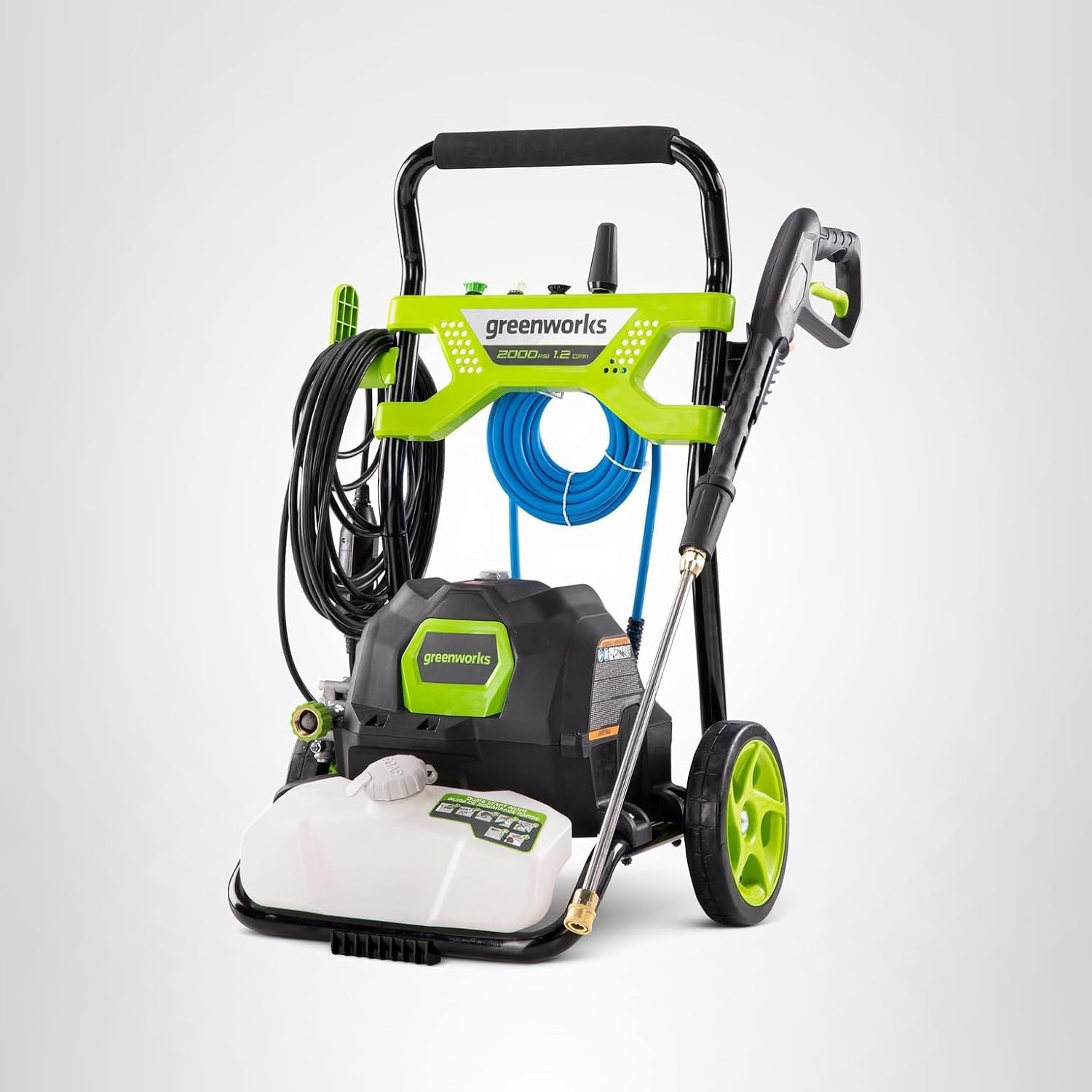Lawn Fertilizing Made Simple: The Definitive Guide for 2025
If you think of your lawn as just a patch of green, you’re missing the big picture. Your lawn is a living, breathing ecosystem of millions of individual grass plants, each one needing the same things we do to thrive: water, sunlight, and food. Mowing is the haircut, and watering is the drink, but fertilizing? That’s the nutritious, well-balanced meal that builds strength from the roots up.
For most new homeowners, the fertilizer aisle is the most intimidating place in the garden center. The cryptic numbers, strange chemical names, and conflicting seasonal advice can feel like a foreign language. The fear of doing it wrong—of burning your lawn to a crisp or creating a chemical runoff disaster—is real. But it doesn’t have to be this complicated.
After decades of managing turf and experimenting with countless products and schedules, I’ve learned that a successful fertilizing strategy isn’t about secret formulas; it’s about understanding a few simple principles. This guide is designed to be your masterclass. We will demystify the numbers on the bag, explain the difference between organic and synthetic, give you a simple, actionable calendar to follow, and show you the exact step-by-step process to apply fertilizer like a seasoned pro. By the end of this guide, you will have the confidence to feed your lawn correctly, unlocking its full potential for lush, green growth.
Before You Begin: The Unskippable First Step (Soil Testing)
Would you take a vitamin supplement without knowing if you had a deficiency? Probably not. So why would you feed your lawn without knowing what it’s hungry for? This is the single most important—and most often skipped—step in all of lawn care: the soil test.
A soil test is like a blood test for your yard. It gives you a precise snapshot of your soil’s health, telling you two critical things:
- Soil pH: This is a measure of acidity or alkalinity. Most grasses thrive in a pH range of 6.0 to 7.0. If your soil is too acidic or too alkaline, the grass roots become “locked out” and cannot absorb the nutrients you’re feeding them. A soil test will tell you if you need to apply lime (to raise pH) or sulfur (to lower pH) to get your soil into the optimal range.
- Nutrient Levels: The test will reveal the existing levels of the major nutrients—Phosphorus (P) and Potassium (K)—in your soil. If your soil is already high in phosphorus, adding more is not only a waste of money but can also be environmentally irresponsible.
Decoding the Fertilizer Bag: What N-P-K Really Means
Every bag of fertilizer has three numbers prominently displayed on the front, such as 24-0-6 or 10-10-10. This is the N-P-K ratio, and it represents the percentage by weight of the three most important macronutrients for your lawn.
N is for Nitrogen: The Greening Nutrient
Nitrogen is the undisputed star of the lawn care world. It is the primary component of chlorophyll, the pigment that makes grass green, and it’s essential for vigorous leaf and stem growth. A lawn deficient in nitrogen will look pale, thin, and weak.
- Function: Promotes lush, green, top growth.
- Look for: For an established lawn, the “N” number should almost always be the highest number in the ratio.
P is for Phosphorus: The Rooting Nutrient
Phosphorus plays a vital role in energy transfer within the plant. Its most critical function is to stimulate strong, healthy root development. This is why “starter” fertilizers designed for new grass seed have a very high “P” number.
- Function: Encourages robust root growth and establishment.
- Look for: For an established lawn, you often need very little, if any, phosphorus. Many modern lawn fertilizers have a “0” in the middle, which is better for the environment as phosphorus runoff can be a pollutant. A soil test will tell you if you need it.
K is for Potassium: The Guardian Nutrient
Potassium is the “health and wellness” nutrient. It doesn’t produce dramatic green growth, but it works behind the scenes to strengthen the entire plant. It helps the grass regulate its internal processes, making it more resilient to stress from drought, heat, cold, and disease.
- Function: Improves overall plant health, stress tolerance, and disease resistance.
- Look for: Most all-season fertilizers will have a healthy amount of potassium. “Winterizer” fertilizers, applied in late fall, often have a very high “K” number to prepare the grass for winter dormancy.
Synthetic vs. Organic Fertilizers: The Great Debate
This is a topic of much discussion in the lawn care community. Both have their place, and the best choice depends on your goals and philosophy.
Synthetic Fertilizers
These are the most common lawn fertilizers you’ll find. They are manufactured chemical salts that are water-soluble, meaning they are available to the plant’s roots almost immediately after you water them in.
- Pros: They work very quickly, providing a rapid green-up. They are inexpensive and the nutrient analysis is precise and reliable.
- Cons: They don’t improve the long-term health of your soil. Because they are so potent, you can easily over-apply them and “burn” your lawn. They also have a higher potential to leach into groundwater if over-applied.
- Look for: “Slow-Release” Synthetics. Many modern synthetic fertilizers like the popular Scotts Turf Builder line use coated nitrogen granules that dissolve slowly over 6-8 weeks. This provides a much more sustained feeding and dramatically reduces the risk of burning. For beginners, a slow-release synthetic is an excellent, user-friendly choice.
Organic Fertilizers
Organic fertilizers are derived from natural sources like processed manure (e.g., poultry litter), biosolids (e.g., Milorganite), or bone meal. They work differently. Instead of feeding the plant directly, they feed the beneficial microorganisms in your soil. These microbes then break down the organic matter and release the nutrients slowly to the plant.
- Pros: They are virtually impossible to burn your lawn with. They improve the long-term health and structure of your soil by adding organic matter. They are generally considered more environmentally friendly.
- Cons: They work much more slowly, so you won’t see a dramatic green-up overnight. They are typically more expensive per pound of nutrient. They can sometimes have a distinct odor upon application.
The Lawn Fertilizing Calendar: When to Feed Your Grass
Timing is everything. Applying fertilizer when the grass isn’t actively growing is a waste of money and can even be harmful. The correct schedule depends entirely on your grass type.
For Cool-Season Lawns (Kentucky Bluegrass, Fescue, Ryegrass)
Cool-season grasses are most active in the spring and fall. The goal is to feed them right before these growth spurts. A typical holiday-based schedule is easy to remember:
- Application 1 (Early Spring – around Easter): Apply a fertilizer with a pre-emergent to prevent crabgrass seeds from germinating.
- Application 2 (Late Spring – around Memorial Day): A standard slow-release feeding to fuel the lawn through the early summer stress.
- Application 3 (Early Fall – around Labor Day): **This is the single most important feeding of the year.** The grass is recovering from summer stress and is actively growing roots and storing energy for the winter.
- Application 4 (Late Fall – around Thanksgiving): A final “winterizer” feeding, often high in potassium, protects the grass through the winter and ensures a quick green-up next spring.
For Warm-Season Lawns (Bermuda, Zoysia, St. Augustine)
Warm-season grasses love the heat and do their growing in the summer. It’s crucial *not* to fertilize them too early in the spring while they are still dormant.
- Application 1 (Late Spring – after the grass is fully green): Your first feeding should be once the lawn is actively growing, usually in mid-to-late spring.
- Application 2 (Mid-Summer – around the 4th of July): A key feeding to fuel the lawn through its peak growing season.
- Application 3 (Late Summer – 6-8 weeks after the last feeding): Another feeding to maintain vigor during the hottest part of the year.
- Application 4 (Early Fall – Optional): A final, light feeding can be applied in early fall, but do not fertilize too late, as this can inhibit dormancy and make the lawn susceptible to winter damage.
How to Fertilize Your Lawn: A 5-Step Guide
You’ve got your fertilizer and you know when to apply it. Now it’s time for the application. Follow these steps for a perfect, even result.
- Prep the Lawn: Before you fertilize, it’s best to mow and detail your lawn. Use your trimmer and edger to create clean lines, then use your blower to clear all clippings and debris from your driveway and sidewalks. This ensures the fertilizer granules make it to the soil and don’t get stuck on overgrown edges.
- Calculate Your Lawn’s Square Footage: Pace it out. An average suburban lot is often between 5,000 and 10,000 sq. ft. Knowing this number is crucial for applying the correct amount of product. The back of the fertilizer bag will tell you what setting to use on your spreader for your lawn size.
- Calibrate Your Spreader: A broadcast spreader is an essential piece of equipment and one of the best lawn tools you can own. Before you fill the hopper, make sure the flow control is closed! Set the dial to the number recommended on the fertilizer bag.
- The Application Process: Start by applying a “header strip” around the entire perimeter of your lawn. This gives you a buffer zone to turn around in. Then, walk back and forth across the main body of the lawn in straight, slightly overlapping lines, like you’re mowing. Walk at a steady, consistent pace.
- Water It In & Clean Up: Unless the fertilizer specifically says otherwise, it’s important to water the fertilizer in after application. A light watering (10-15 minutes) is enough to wash the granules off the grass blades and into the soil, where they can get to work. Be sure to sweep or blow any stray granules off your driveway and sidewalk and back into the lawn to prevent staining and runoff.
How Robotic Mowers Affect Your Fertilizing Strategy
The rise of robotic mowers has introduced a new and exciting variable into fertilizing. As we’ve detailed in our guide to the best robotic lawn mowers, these machines work by trimming a tiny amount of grass every day. The resulting micro-clippings fall into the turf and decompose, acting as a constant, gentle, natural source of nitrogen.
This has a significant impact on your fertilizing needs. When you have a machine like the one in our WORX Landroid review or a premium GPS model from our Kress robotic mowers reviews working for you, you are essentially getting a free, light feeding of nitrogen every single day. We’ve found that homeowners with robotic mowers can typically reduce their synthetic nitrogen applications by 25-50%. You’ll still want to apply fertilizer for the phosphorus, potassium, and micronutrients, but you can use less and less often, saving you money and further benefiting the environment.
Common Fertilizing Questions
Help! I spilled a pile of fertilizer on my lawn. What do I do?
Act quickly! A concentrated pile of fertilizer will kill the grass in that spot. Scoop up as much of the spilled granules as you can. Then, use a stiff broom or a blower on a low setting to spread the remaining granules out as thinly as possible. Finally, heavily water that one spot for 15-20 minutes to dilute the fertilizer and wash it down into the soil. This should mitigate most of the damage.
Can I fertilize a new lawn or freshly planted grass seed?
Yes, but you need to use a “starter” fertilizer. These fertilizers have a high phosphorus (P) content, which is essential for new root development. Do not use a standard lawn fertilizer on new seed, as the high nitrogen content can be too harsh for the tender new seedlings.
What’s the difference between “quick-release” and “slow-release” nitrogen?
“Quick-release” nitrogen is water-soluble and immediately available to the plant, giving you a very fast green-up, but it can burn the lawn and only lasts a few weeks. “Slow-release” nitrogen is coated in a polymer or sulfur shell that breaks down over time, feeding the lawn steadily for 6-8 weeks. For homeowners, slow-release is almost always the better, safer, and more effective option.
Does fertilizing make pest or weed problems worse?
The opposite is true. A properly fed lawn grows thick and dense, which is the best natural defense against weeds, as it chokes them out. A strong, healthy plant is also far more resilient to damage from insects and fungal diseases. Fertilizing is a key component of an integrated pest management strategy, which we discuss in our lawn pest control guide.
Feed Your Way to a Better Lawn
Fertilizing is not the complex, intimidating science it’s made out to be. At its core, it’s a simple process: give your lawn the right food, at the right time, in the right amount. By starting with a soil test, understanding the basics of N-P-K, and following a simple calendar, you can take the guesswork out of the equation and unlock the true potential of your lawn.
Feeding your lawn is an investment that pays you back with a thicker, greener, and healthier turf that you can be proud of. The satisfaction of watching your lawn transform from a pale patch of grass into a lush green carpet is one of the great rewards of homeownership.
What is your biggest question or fear about fertilizing? Ask it in the comments below, and our experts will help!























